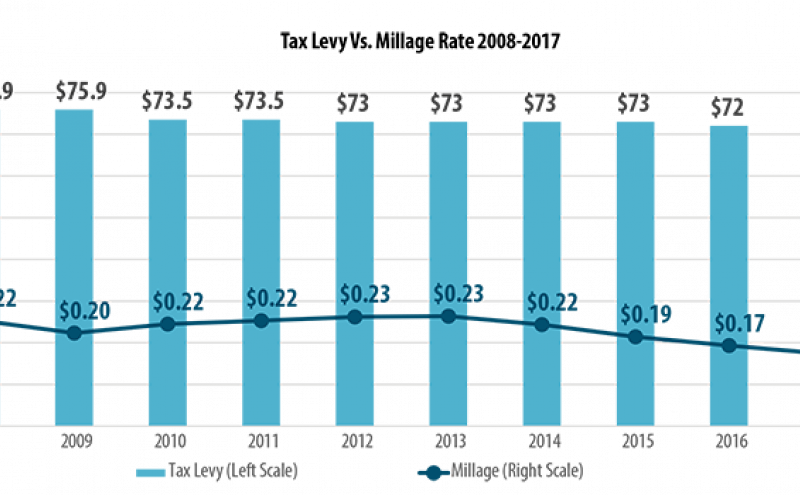
SEATTLE — The Port of Seattle Commission today approved a 2017 budget with $1.4 billion in expenditures designed to meet the region’s demand for Port services. The budget also aims to return the benefits of growth back to the community through significant environmental and economic development initiatives, particularly those focused on reducing carbon emissions, improving quality of life in communities near the airport, and connecting more people to Port-related careers.
The Port forecasts a record 48 million passengers will fly through Sea-Tac Airport in 2017. Current projections indicate passenger volume will exceed 9 percent annual growth in 2016, vaulting Sea-Tac into the top 10 airports in the nation and ahead of the next three busiest airports (Houston, Phoenix, and Miami). An 8.8 percent increase in cruise passengers is also expected in 2017, which would set a record of more than one million passengers.
The Commission authorized more than $45 million in environmental initiatives and projects aimed at making the Port of Seattle the greenest and most energy efficient port in North America:
- encouraging more people to use light-rail to get to and from the airport,
- increasing the number of electric vehicle charging stations at Sea-Tac,
- offering more sound insulation to neighbors around the airport,
- protecting water quality through expanded storm water management,
- creating a $1 million fund to implement the Energy and Sustainability Committee policy directives, and
- designating another $1 million for community ecological projects in SeaTac, Burien and Des Moines.
Other highlights of the 2017 budget:
- $16.5 million to enhance safety and security, and another $4.2 million to improve customer service, for passengers at Sea-Tac Airport,
- $3.9 million in workforce development programs to provide more internships and job-training programs, and to investigate a new skill center,
- $1.7 million to promote, support and expand a number of tourism initiatives for the region, and,
- $1 million in grants to cities in King County to support their economic development initiatives.
“While the economy might seem unstoppable, there are fundamental challenges for our region around meeting the demand on port facilities, training the next generation of skilled workers and maintaining a strong and diverse job base while protecting our natural environment,” said Port Commission President John Creighton.
Support for the projects needed to accommodate growth is built into the budget, including the expansion of the Bell Street Pier Cruise Terminal on the Seattle waterfront, the modernization of the airport’s North Satellite and baggage system, and the construction of a new Sea-Tac International Arrivals Facility. The capital budget totals more than $650 million for 2017 and $2.7 billion over the next five years.
“This is a budget that reflects our sense of urgency and desire to speed the delivery of projects and programs to meet traveler growth at the airport and in our cruise business, and to sustain diverse economic development," said Port CEO Ted Fick.
Key Accomplishments from 2016:
- Authorized $2 billion in capital improvement projects aimed at reducing congestion and expanding quality service at Sea-Tac Airport;
- Provided $1 million in Economic Development Partnership awards to help 31 King County cities with local economic development initiatives;
- In collaboration with aviation and research experts, launched two studies to examine the feasibility of aviation-biofuel infrastructure and commercialization of aviation biofuels in the Northwest;
- Funded assistance for state and local roads that ease congestion and improve freight movement;
- Tripled the number of internships offered at the Port and via partnerships with related employers; and,
- Working through the Northwest Seaport Alliance, completed the environmental review to redevelop Terminal 5 and make it big-ship ready.
The dramatic demand for air passenger and cargo service at Seattle-Tacoma International Airport, as well as a record season in the cruise business, created additional revenue that is being reinvested in the Port’s levy fund and the levy rate is being reduced. The annual levy paid by King County taxpayers will be reduced from $85 in 2016 to $77 in 2017 for the typical single-family homeowner.
The levy has been gradually reduced from $75.9 million in 2008 to $72 million in 2017 despite property values having increased over the same period. Read more about the levy.

